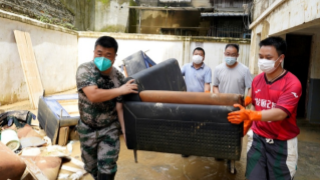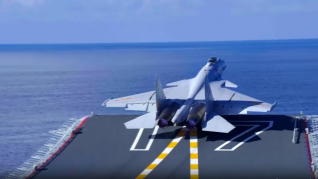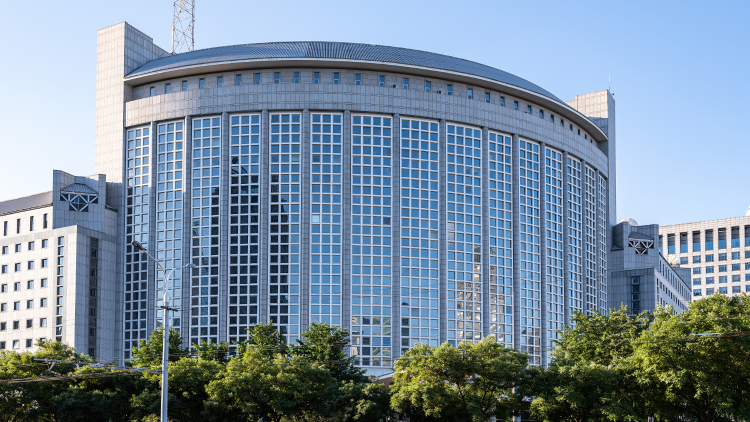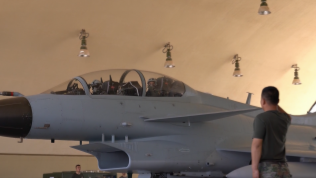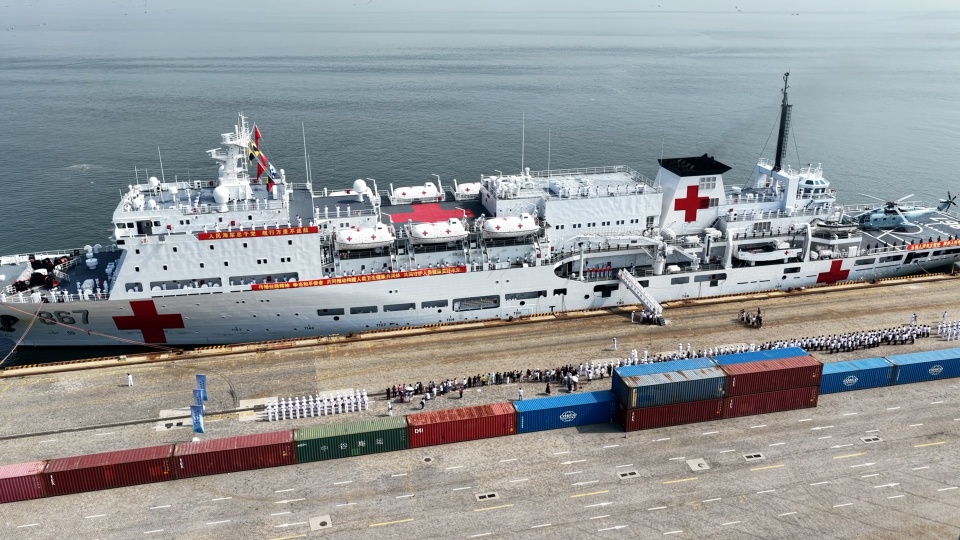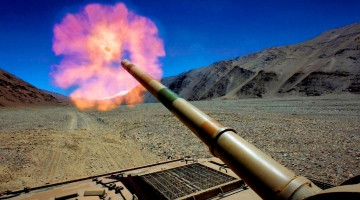By Huang Lin and Tai Fengshun
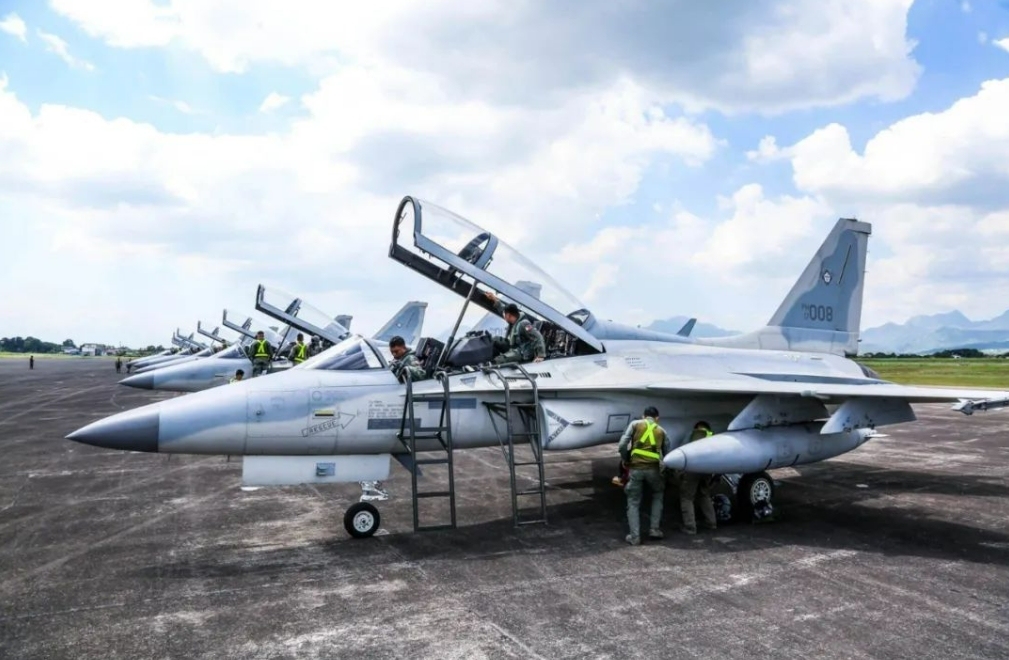
The photo shows FA-50PH fighters squadron of the Philippine Air Force.
According to a report by Xinhua News Agency on March 5, the Philippine military confirmed that the wreckage of an FA-50 fighter jet that went missing on March 3 have been found and two pilots aboard were found dead.
This marks the first crash of FA-50PH Block 10 (FA-50PH) for the Philippine Air Force since it acquired the aircraft. Since 2015, the Philippine Air Force has been receiving FA-50PHs from Korea Aerospace Industries Ltd. in the ROK. That was a significant milestone for the Philippine Air Force, as it marked the country regained a squadron of jet-powered combat aircraft since retiring last batch of US-made F-5 fighter jets in 2005. The FA-50PH is also the most advanced fixed-wing aircraft in the Philippine Air Force and is often regarded as the crown jewel of its air power.
The crash of the FA-50PH was directly linked to a combat operation. According to information released by the Philippine authorities, the 403rd Infantry Brigade of the Philippine Army had requested air support during a nighttime firefight with approximately 70 New People's Army (NPA) fighters near Cabanglasan town, in the Pantaron Mountain Range, Bukidnon province. The FA-50PH jets took off from Mactan-Benito Ebuen Air Base in Cebu for an airstrike between 1:00 and 2:00 AM. The crashing jet lost communication with other planes in the mission just minutes before reaching the target area.
Given that the opposition armed group lacked air defense capabilities, the FA-50PH did not need to perform low-altitude penetration maneuvers. Meanwhile, since the aircraft was capable of launching air-to-ground missiles or precision-guided bombs, there was no necessity for high-risk dive-bombing maneuvers. The greatest challenge of the mission was likely night flying, yet even such a slightly difficult operation resulted in a crash. While the cause of the incident remains under investigation, it has already highlighted challenges facing the Philippine Air Force. To be specific, constrained by limited funding, technological shortcomings, and personnel capabilities, its modernization efforts continue to fall short of expectations.
In 2012, the Philippine government introduced a 15-year modernization program for the armed forces, the Horizon. Under the initial plan, the country aimed to invest over $40 billion to advance military modernization. The Philippine Air Force planned to introduce light fighter jets (the FA-50PHs), third-generation medium fighter jets (similar to the F-16 multi-role fighters), early warning radar, armed helicopters, assault helicopters, air defense missiles, and command and control systems, aiming to build a formidable air force in Southeast Asia.
However, due to financial constraints, it was forced to opt for second-hand aircraft for some projects and the procurement of certain new aircraft has been limited to only a few units. For example, in the armed helicopter project, the Philippine Air Force opted for the relatively affordable Turkish T129 ATAK attack helicopters, with a total of six units; for assault helicopters, they chose second-hand Black Hawk helicopters modified by PZL-Świdnik S.A.; and for fixed-wing transport, they selected second-hand C-130 transport aircraft provided by the United States. However, the reliability of these second-hand aircraft is in question. In July 2021, a Lockheed C-130 transport aircraft of the Philippine Air Force crashed in Jolo airport in Sulu province in the southern Philippines, resulting in over 50 deaths. It was the country's largest military aviation disaster in 30 years. A month prior to this incident, a Black Hawk helicopter also crashed, killing all six people on board.





